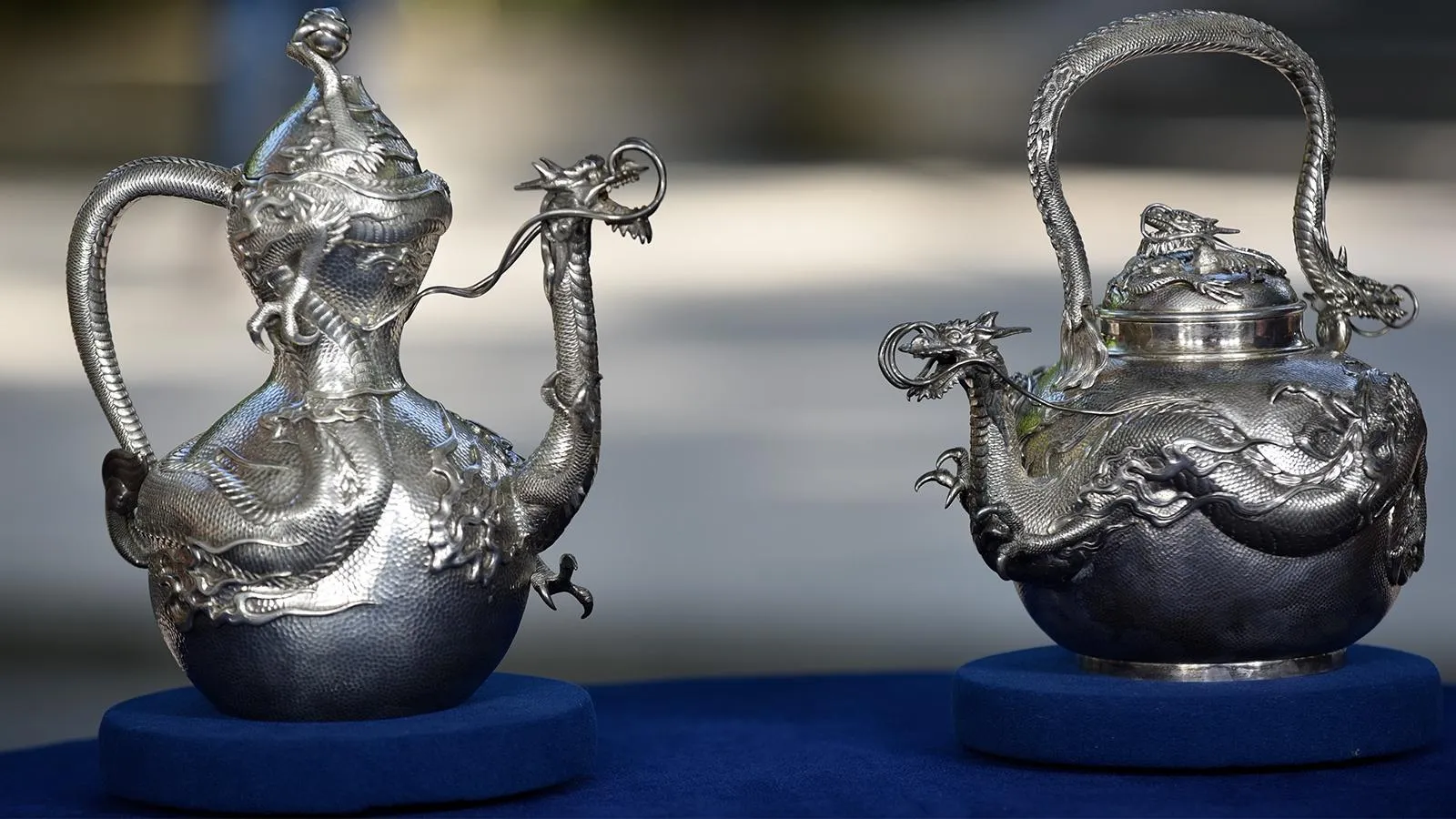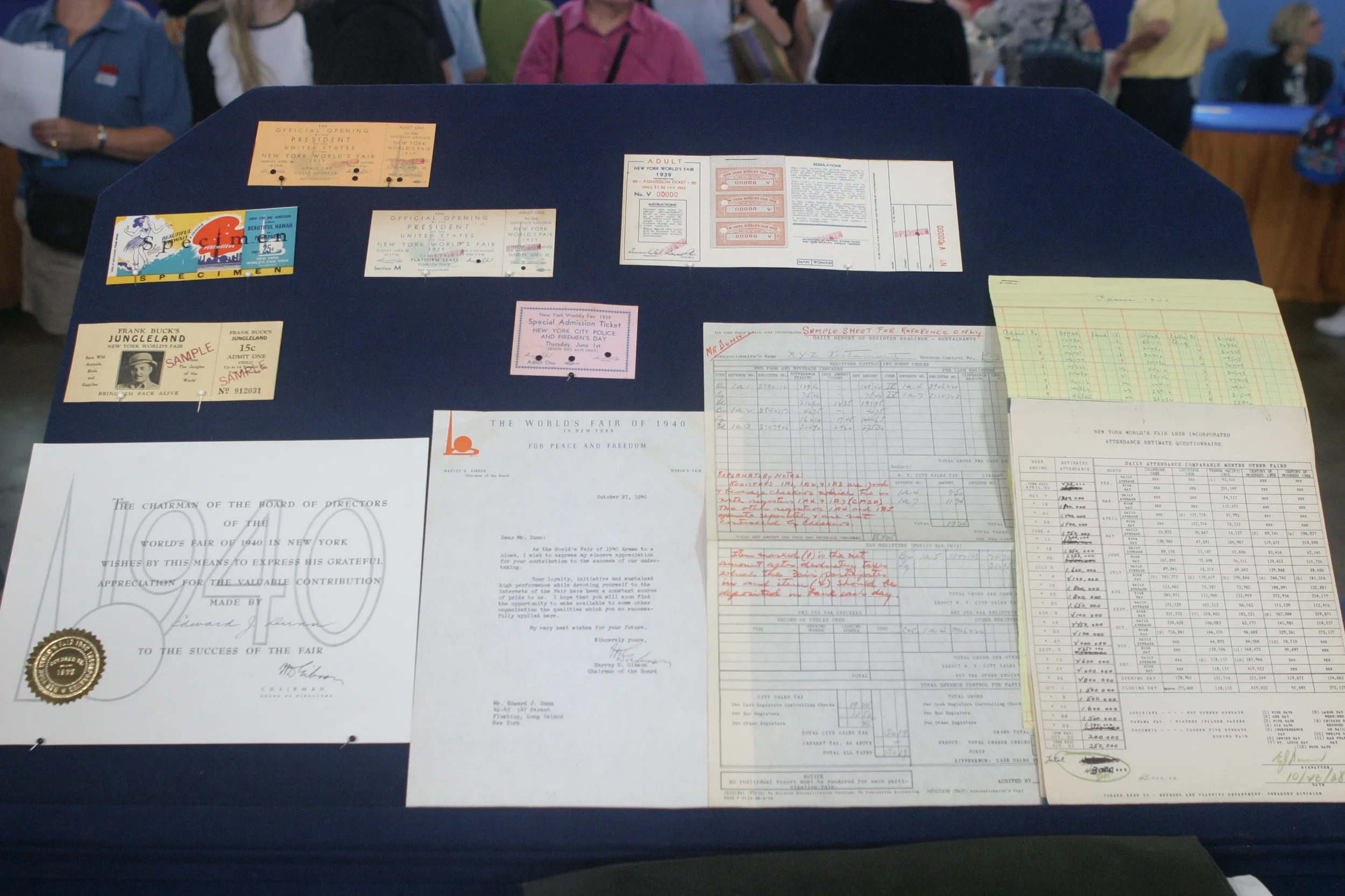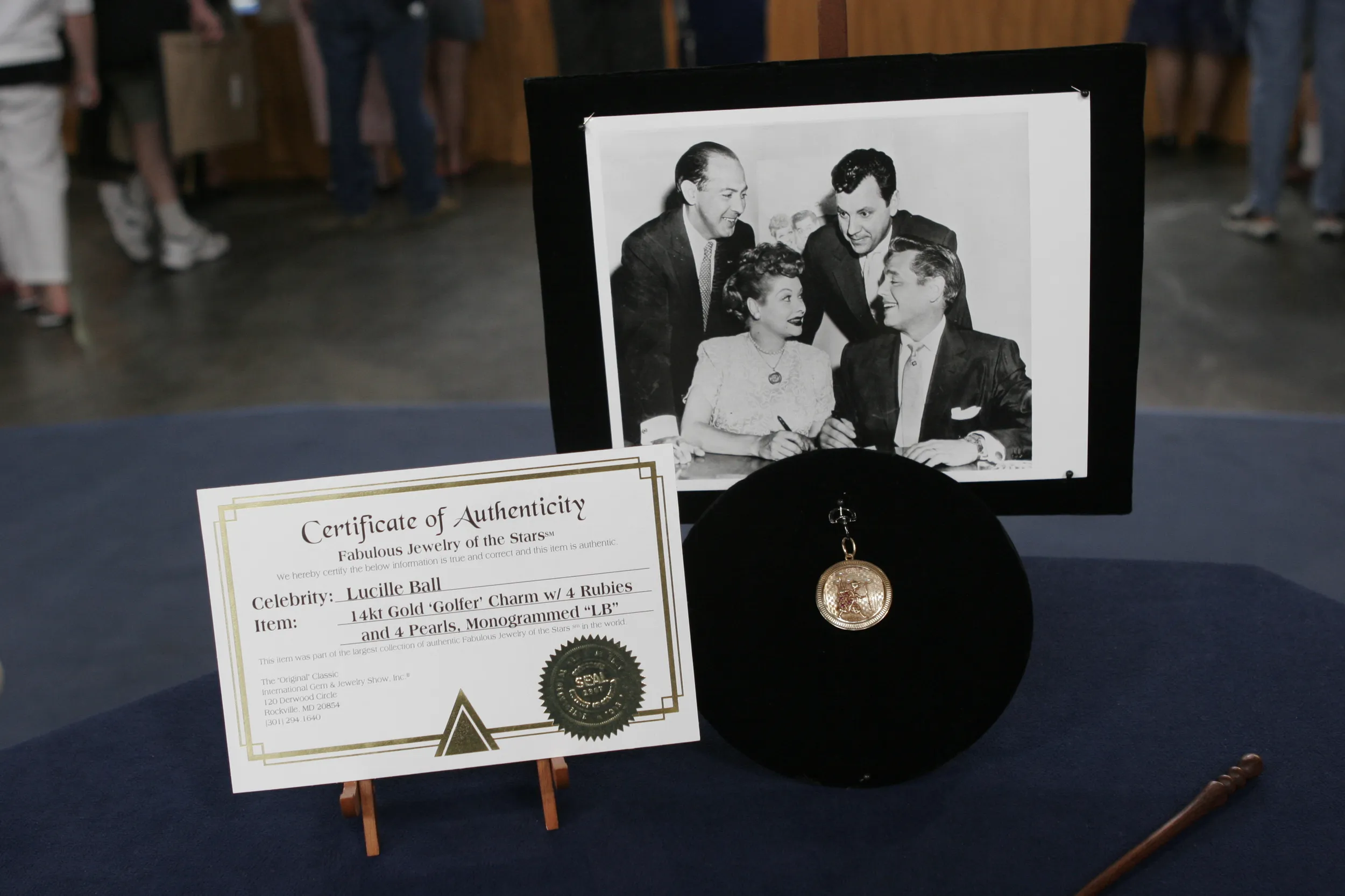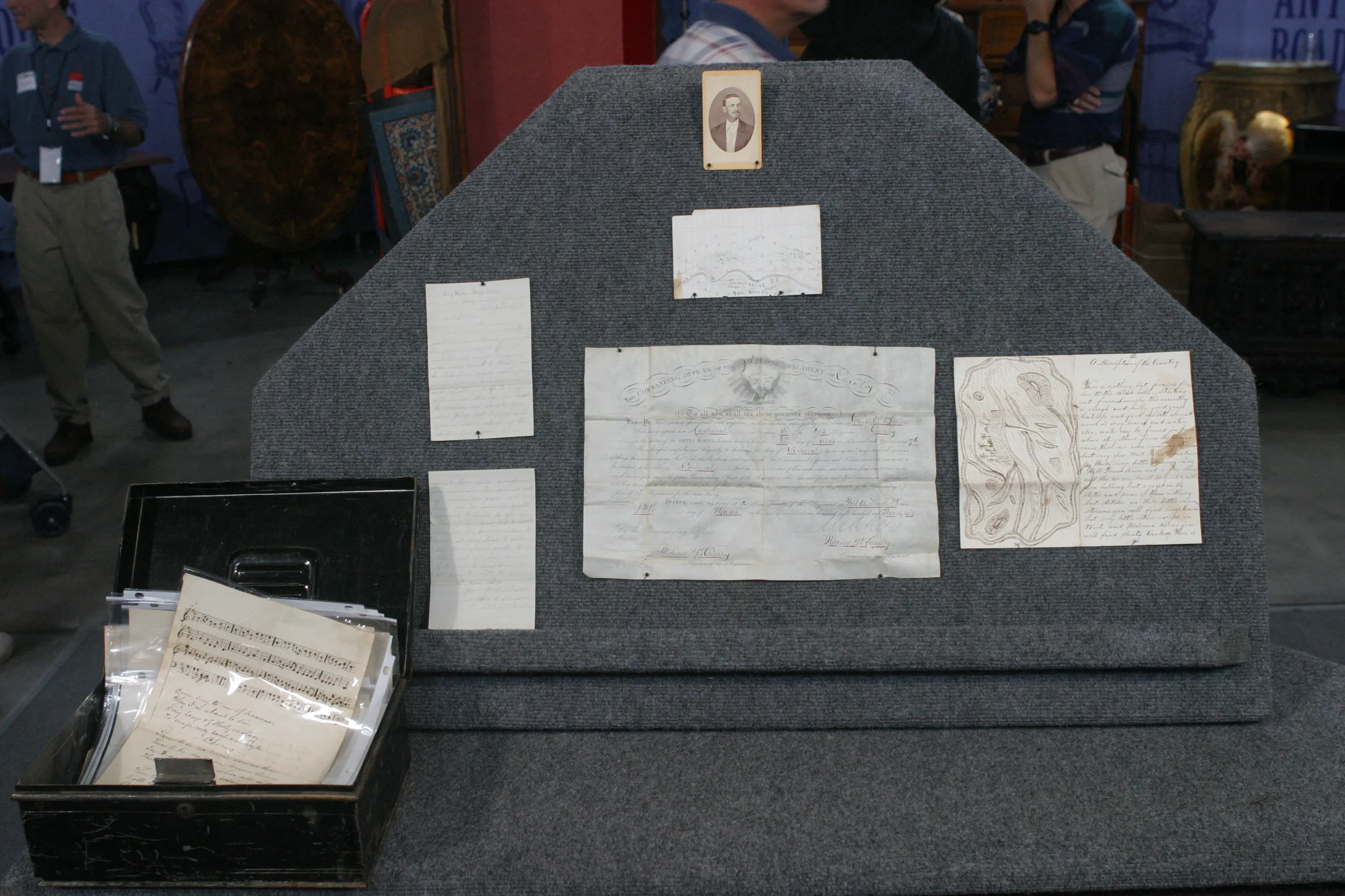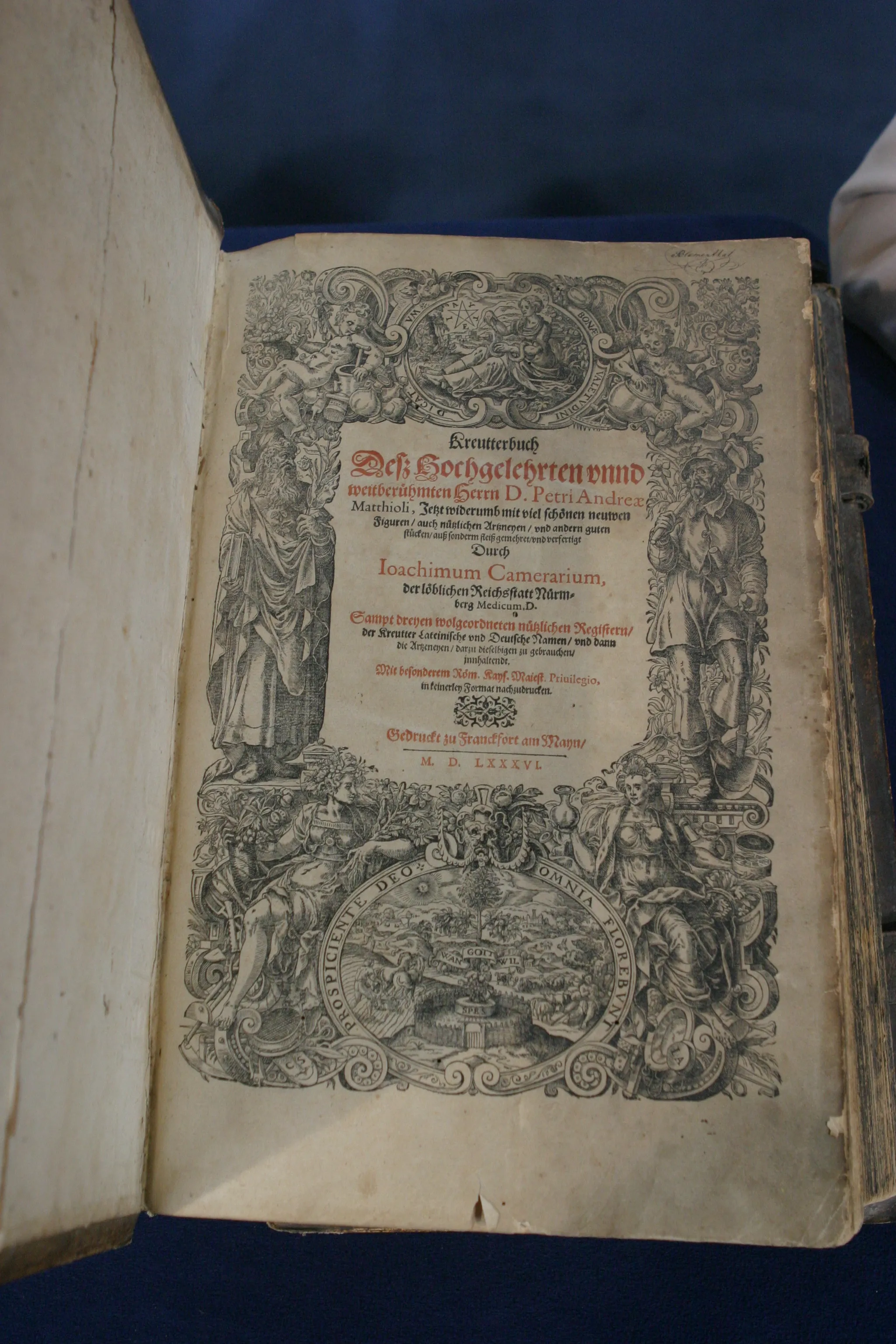GUEST: I brought a sword from my great-grandfather and his commissioning document from the Civil War. Before the Civil War, he was a student at Virginia Military Institute, and when Virginia and West Virginia split, he had to resign from VMI, and he enlisted in the 14th Regiment of the West Virginia Volunteers to fight Virginia. Two years later, he became a sergeant major of the 14th, and then a year after that, he was commissioned and became an officer, and that's when he got the sword.
APPRAISER: West Virginia was primarily Unionist territory, and in 1861, they voted to secede from Virginia. They don't officially get adopted as a state until 1863.
GUEST: Okay.
APPRAISER: But he joins this regiment in August of 1862. This is a classic example of the Civil War being that battle of brother against brother and divided loyalties. He turned against his home state, went with the western part of the state, and fought against the Confederacy. One of the interesting things about your sword is, it's a European import.
GUEST: Oh, really.
APPRAISER: Model 1850, foot officer's sword. It's either French or German, probably from Solingen, Prussia, if it's a German-made sword.
GUEST: Okay.
APPRAISER: But it's not maker-marked, and I can tell by the style it is not a U.S.-made sword. As an officer, you had to buy your own equipment. So if you didn't have a lot of money, you would often buy a less expensive imported sword. These swords were really more a badge of office, not really a fighting weapon.
GUEST: Okay.
APPRAISER: Occasionally, they did use them as forms of direction for the men. You can see the decorations on the blade on this side with all the U.S. patriotic motifs: the American eagle, the panoplies of arms, the shield of Columbia, all the patterns that would be appropriate to a sword intended for the U.S. military market.
GUEST: Okay.
APPRAISER: The sword retains its original scabbard. It's a blue-steel scabbard with brass mounts, two suspension rings that allowed you to attach it to the hangers that attached to the sword belt. As an imported foot officer's sword in this condition, with the scabbard, if we had no I.D., didn't know whose sword it was, what it was-- who had used it, we would have a value on this sword at auction of probably between $800 and maybe $1,200.
GUEST: Wow, okay.
APPRAISER: Somewhere in that range. However, we've got his commission. The sword's been in the family all these years. So all of a sudden, we have an I.D.'d sword to a regiment that did some interesting service in the Shenandoah Valley toward the end of the war, with Sheridan. They were instrumental in helping starve the Confederacy by destroying the Confederacy's bread basket of the Shenandoah Valley.
GUEST: Okay.
APPRAISER: So here, they've got some interesting service history. We know exactly who the sword belonged to. And as such, I think we've got a sword here that is probably valued at auction at more like $2,500 to $3,000.
GUEST: Come on.
APPRAISER: Because we've got some good history about it.
GUEST: Wow.
APPRAISER: If I was going to insure these items, I would probably insure it in the $3,000 to $5,000 range.
GUEST: Wow, thank you.

